Backroll entries are a fun-filled way to get in the water moments before the dive, but there is a certain fineness to throwing yourself in the water backward, equipped with heavy scuba gear.
Backroll entries should be as easy as suiting up in dive gear, rolling backward off the boat and letting the cushion of water envelope your body and flood your wetsuit.
Almost anyone can do a backroll into the water, but like anything, it does take a few tries to indeed perfect this type of dive entry. Backroll is not a skill that is generally taught in the Open Water course, and while it may be second nature to some, for first-time scuba divers it can be intimidating.
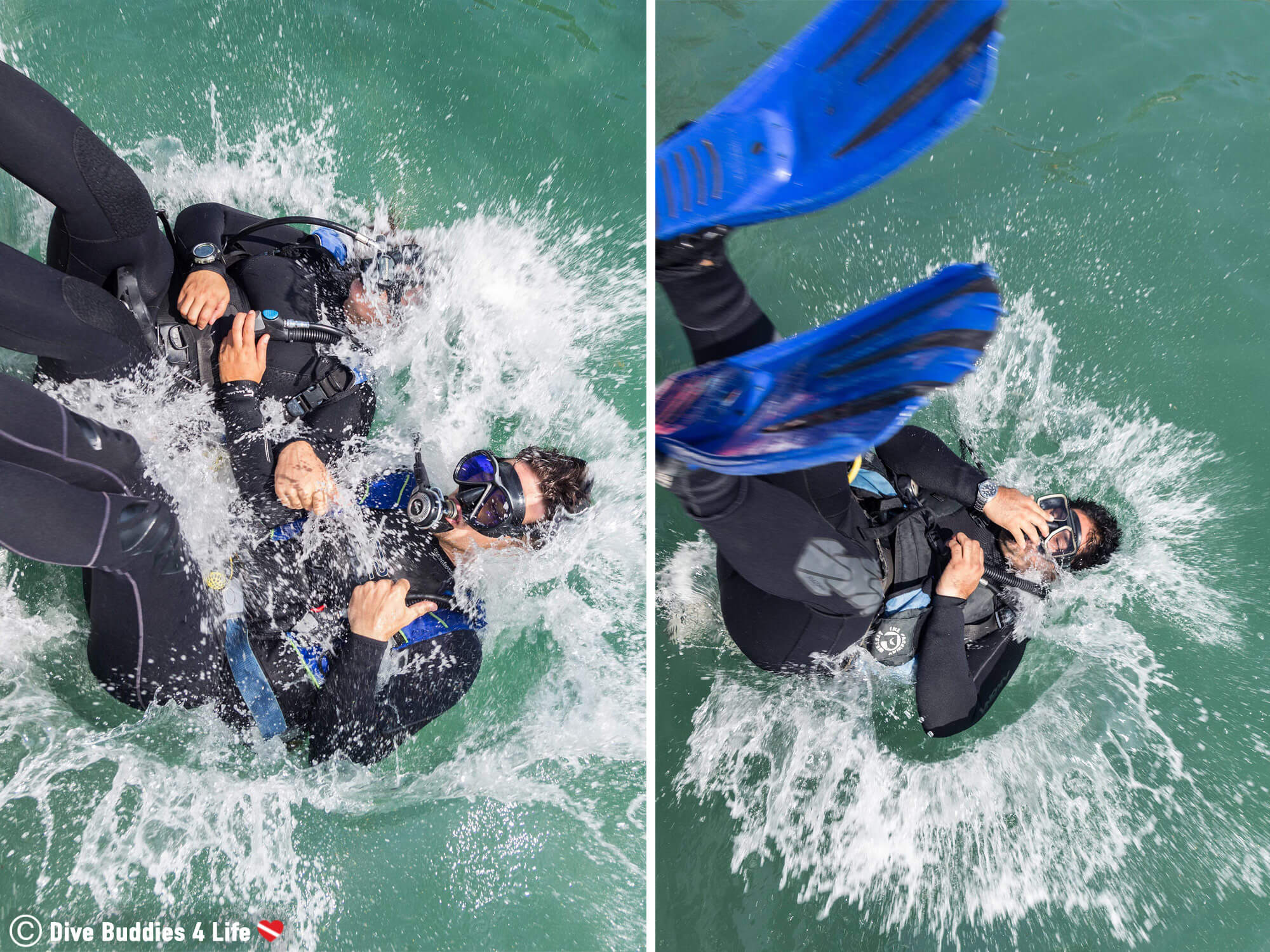
Whether you’re backrolling from the bouncy sides of a RIB or high up off the railing of a dive boat there are a few things to keep in mind when preparing for a backroll dive entry:
Determining if you are doing a positive or negative entry will dictate if you BCD should be inflated, so you bob up to the surface after entering the water and signal the captain or if you should dump the air so you can negatively descend into the current and regroup with your dive buddy underwater.
Sometimes on drifts, the captain will place the boat in a perfect position to reach the dive site utilizing the strong current. On these drifts, there is no time to dally at the surface and divers roll off the boat in unison, executing a negative entry regrouping as they drift underwater. In these instances, it is essential that when the captain counts down, all divers roll together and not a moment before or after. Roll too soon, and you might get clobbered by a dive tank, roll too late, and you might land on top of someone else.
Alternatively, when conditions are friendlier, divers can inflate their BCD and roll off the boat one-by-one, as they finish their dive preparations, coming together at the surface before starting the dive.
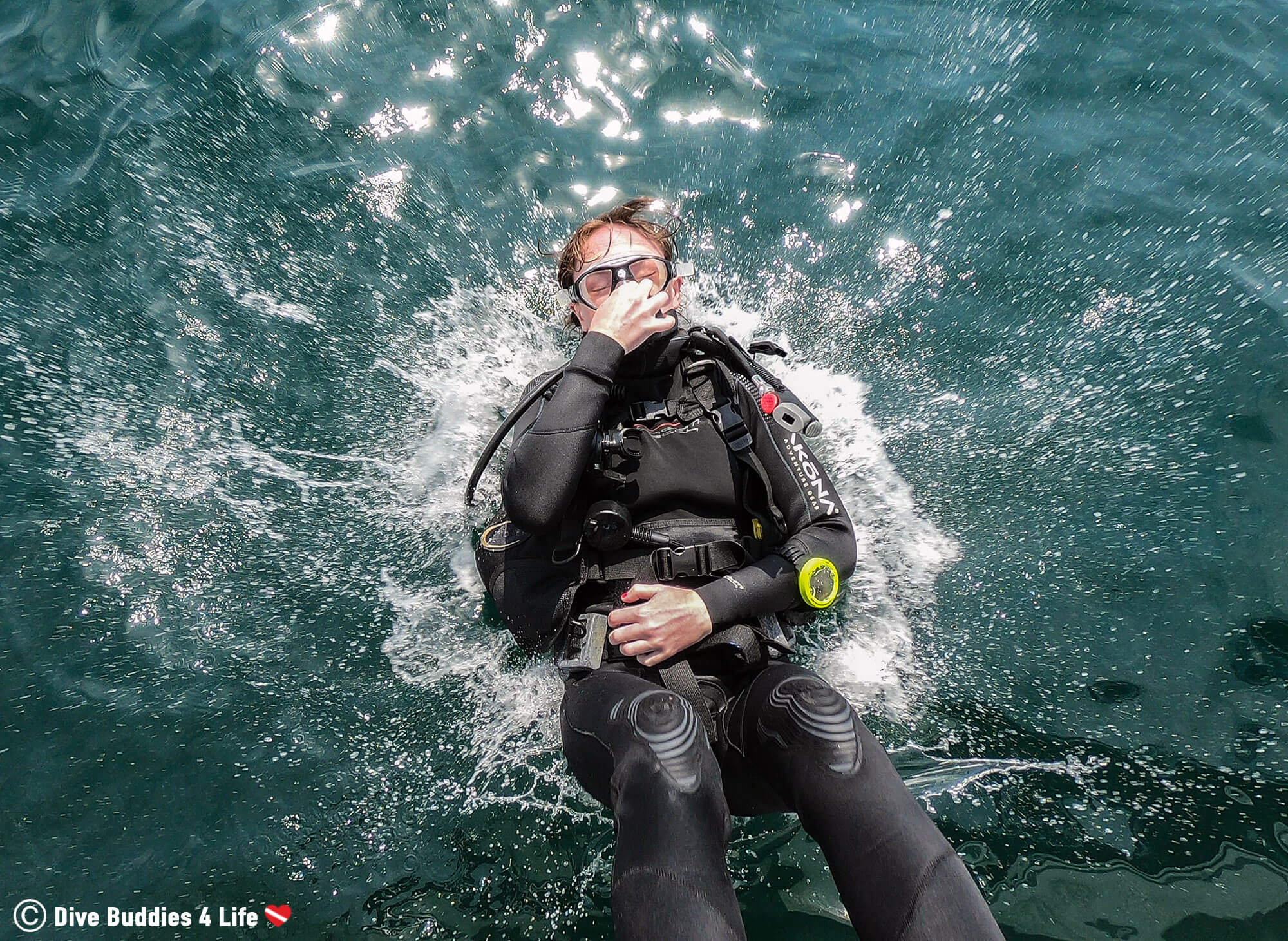
The scuba backroll is the best water entry technique for getting into the water from a RIB, zodiac, or small boat. While you can use the backroll entry for larger vessels, sometimes the sides are too high from the surface of the water, making this type of entry unsafe. Some bigger boats might not have appropriate platforms for divers to enter the water via giant stride, in which case the backroll is the go-to entry method. In general, use your common sense and training knowledge to determine what method is the best fit for your situation.
Once you’ve established the dive logistics with the group, it’s time to roll into the water, literally! Here is a step by step guide for acing you backroll dive entry:
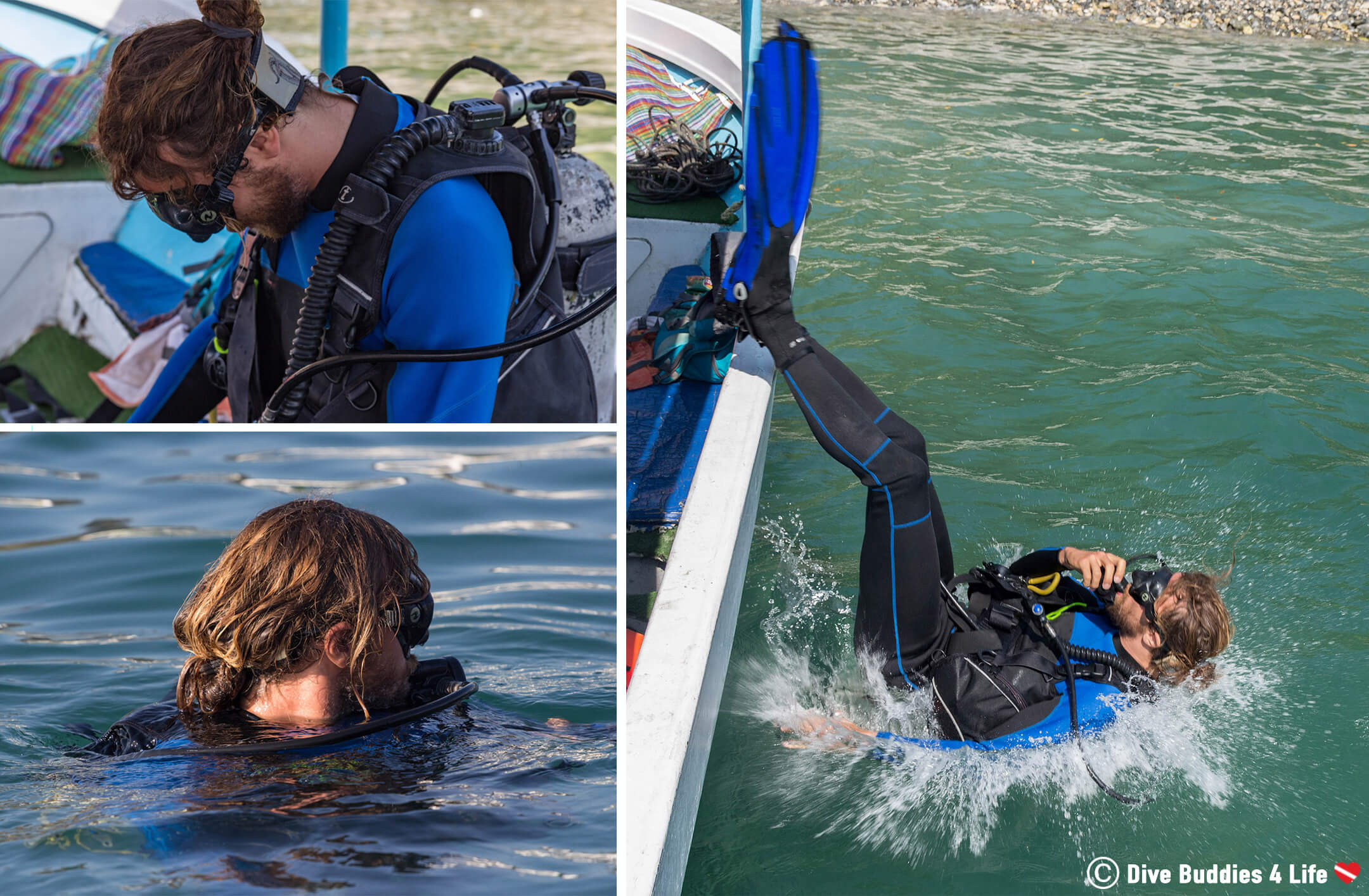
As with anything in life, mishaps do happen, and scuba diving entries are no different.
During backroll entries, we’ve seen many-a-diver lose their mask, bash their legs on the side of the dive boat and even land on top of another unsuspecting person. Don’t let that be you! Here are some tips to help you avoid backroll catastrophe:
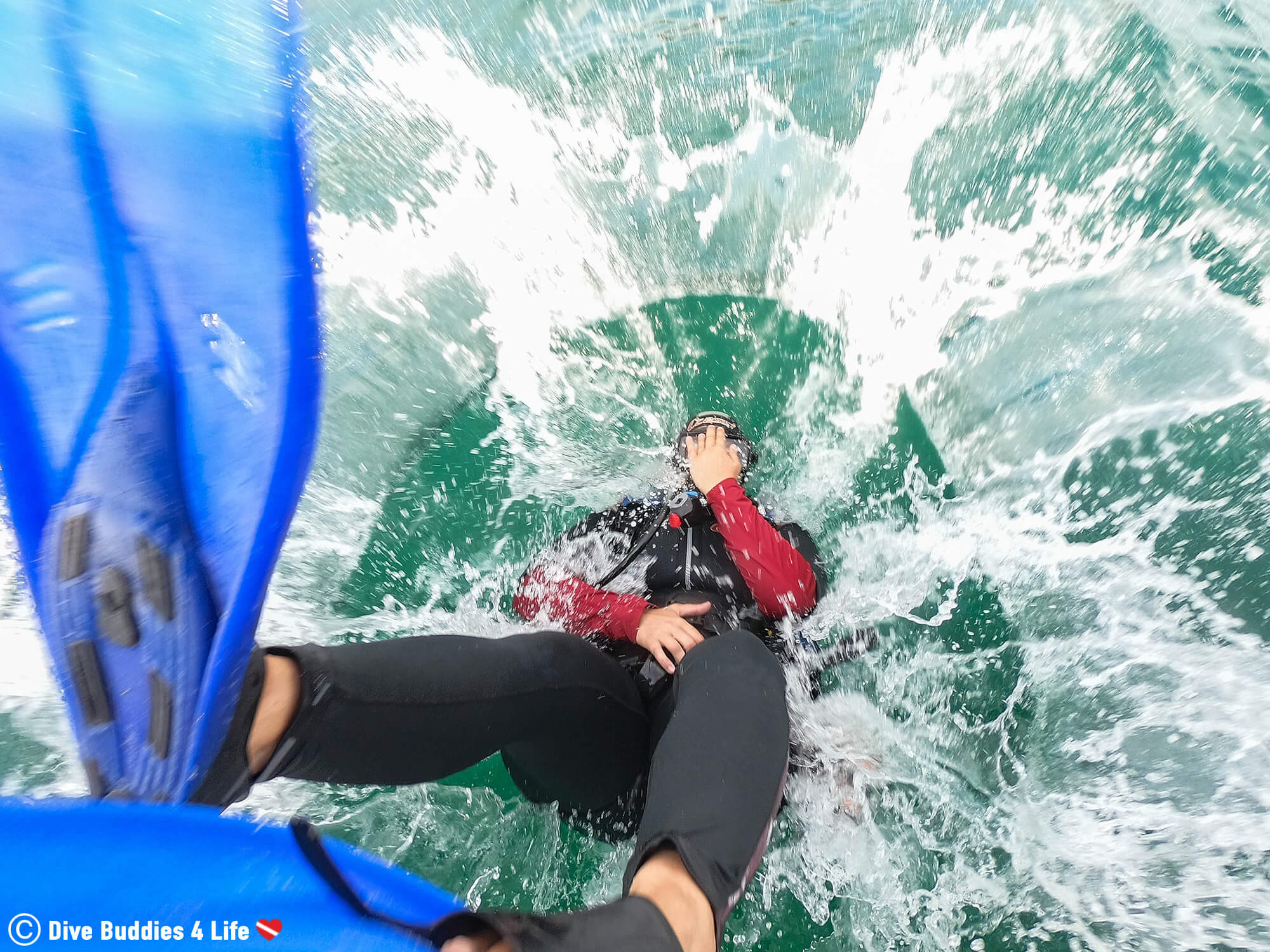
Backroll scuba entries are a mixture of practice, self-aware and general common sense.
For those who have done them, they can be a breeze. For those who have yet to try this entry, it can be nerve-wracking.
The first time you backroll enter into the water it can be a little disorientating. Relax and trust in your gear. With your regulator in you can breathe underwater, and if your meeting the group at the surface, the air in your BCD will get you there in no time.
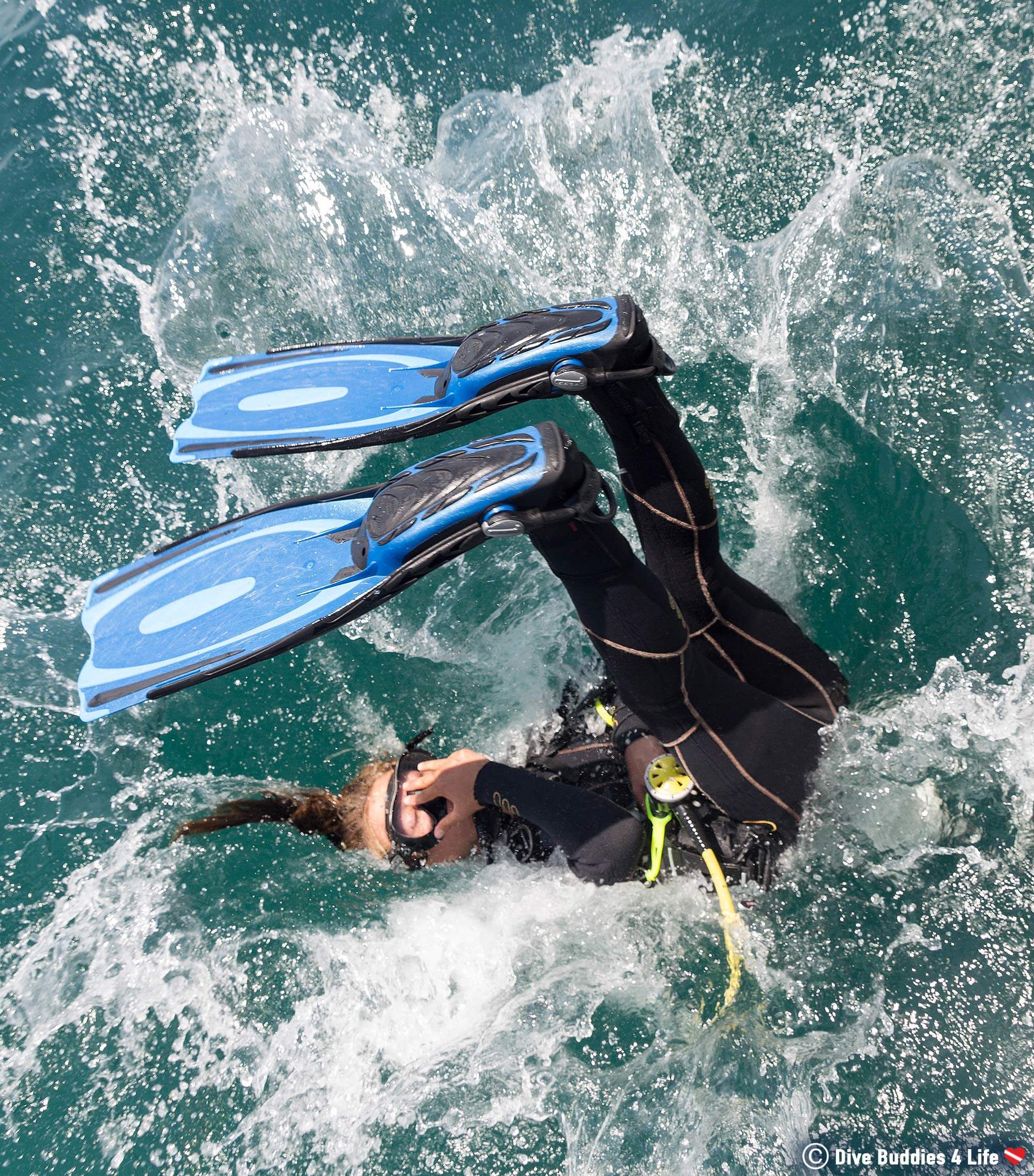
Do you have any suggestions and advice for backrolling into the water? Let us know below!


Hair versus scuba, now that's a combination that doesn't mix. So how do you stay away from the tares, tangles and hours upon hours of post-dive hair brushing?

Organizing a dive vacation can be a challenge. To help, keep these four questions in mind when planning your next scuba diving vacation.

Sometimes a dive doesn’t go according to plan and when that happens, it’s important to be seen. Learn all about surface markers and why you should have one.

Are you a pig on air? You are not alone. Find out how you can get more out of your scuba diving tank.

Fluodiving, fluorescent night diving, UV diving, glow diving - goes by many names. But no matter what you call this vibrant type of diving, the optical magic of fluorescence adds a totally new dimension to your night diving repertoire.

Whether sunk on purpose or as the result of a mishap, it’s a breathtaking experience to be able to visit a sunken wreck while scuba diving.
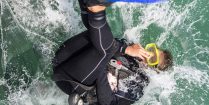
No matter what level of diver you are, scuba backroll entries are a fun-filled way to get off the dive boat and get into the water.

The day is over and the sun is setting on a day of scuba diving but is it really time to hang up your fins, or do you dare slip back into the water at night?

Everybody loves the idea of scuba diving, but the aspect of post dive cleanup is a much different story. It’s long, it’s tedious and it almost impossible to do it without getting wet - yet again.

As a diver, sometimes you get hit with seasickness. Here are our solutions to dealing with seasickness before and during your dive.

It's not easy being green in a day and age where everything is plastic and waste. Let sustainability lead the way as you explore the underwater world.

Many scuba diving agencies that play a role in training divers. Here is a look at SEI, PADI, NAUI, and SSI, the top scuba agencies in the world.
